
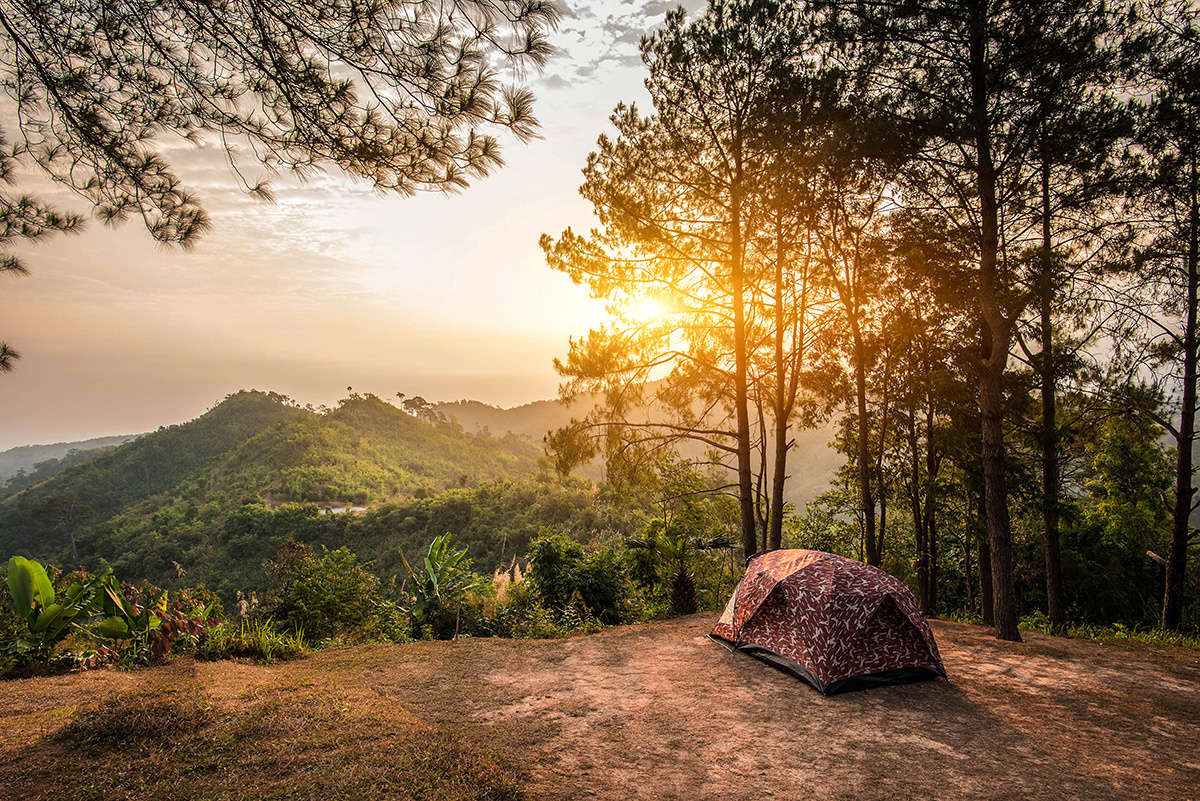
iStock
By Anne Bolen
On Aug. 21, for the first time since 1918, a total solar eclipse will cross the U.S. from coast to coast. Along the path of totality, the moon will completely block out the sun, turning day to twilight for nearly three minutes. While a partial eclipse will be visible throughout the U.S., millions will be flocking to spots along the path of totality, which begins in Salem on Oregon’s coast about 10:15 a.m. Pacific Daylight Time and exits the nation at Charleston, South Carolina, where maximum coverage will occur about 2:47 p.m. Eastern Daylight Time. Perhaps no other natural event will inspire so many people to go outdoors.
But the eclipse won’t be the only spectacle nature has to offer that day, so why not pledge to participate in the National Wildlife Federation’s Great American Campout? You can simply camp in your own backyard or that of a friend. However, if you can still get in, some of the best viewing locations will be in or near parks or other outdoor areas that offer campsites and fabulous wildlife watching opportunities—which could give you a glimpse of some unusual wildlife behavior, if past eclipses are any indication.
During a 1998 total eclipse, for example, Galápagos reef fishes that were normally active during the day darted into shelter while nocturnal fish came out to feed, and pelicans and frigatebirds in Venezuela that had been out hunting returned to shore. Orb-weaving spiders in Mexico took down their webs during a total eclipse on July 11, 1991, only to start rebuilding them once the sun reappeared. Researchers from the Boston Society of Natural History described observations of wildlife from both scientists and the public during the August 31, 1932, total eclipse in the northeastern U.S. They reported that during the sudden darkness, ants carrying bounty stopped in their tracks, crickets chirped louder, bees hurried back to their hives, toads frantically started hunting insects and worms, songbirds went silent, bats emerged and flowers began to close their petals.
Whatever you see before, during or after the eclipse, you might want to report your wildlife observations through citizen-science apps such as iNaturalist, which is part of the California Academy of Sciences’ Life Responds Project. And whether you are camping in your own backyard or at a campout event in a national park, you can use the University of California–Berkeley’s eclipse simulator to find out what the eclipse will be like at your location.
Here are some perhaps lesser-known campout locations and events, as well as parks and refuges along the eclipse’s path. Don’t forget your wildlife binoculars and special eclipse-viewing glasses to enjoy all that nature has to offer. As National Wildlife Federation Naturalist David Mizejewski said, “The eclipse is a great inspiration for us all to get out into nature and see wildlife in action.”
Camping and Wildlife-Watching Spots
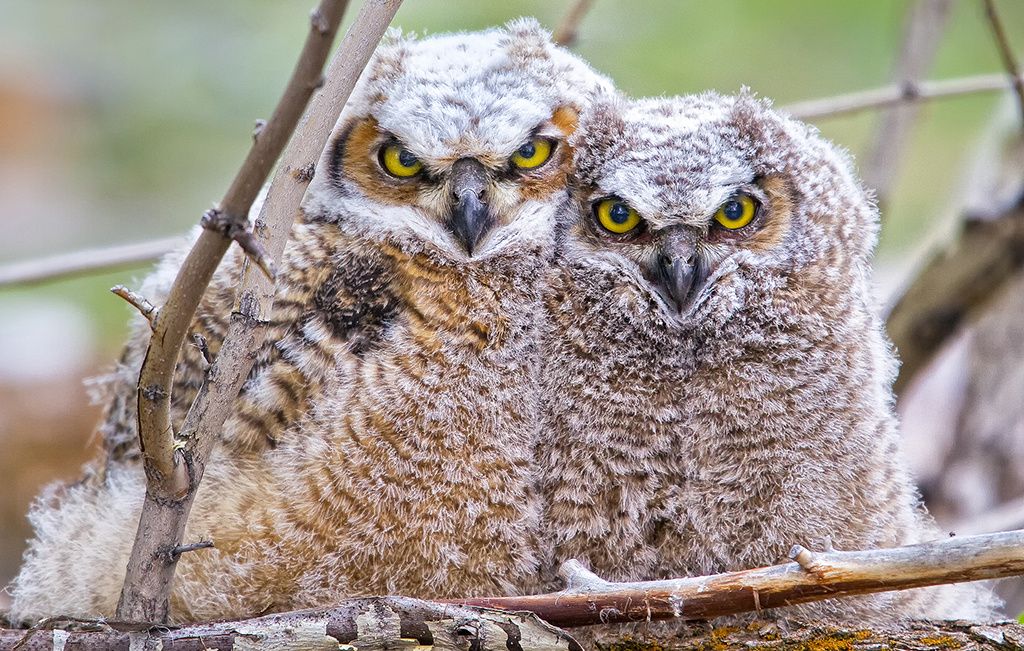
1. Powerland Heritage Park in Brooks, Oregon, is hosting a special eclipse campout at its electric railway museum. The nearby Baskett Slough National Wildlife Refuge, is home to some 200 species of birds, including Canada geese, bald eagles, black-necked stilts and great horned owls (above). Will the owls appear and begin to hoot when day turns into night?
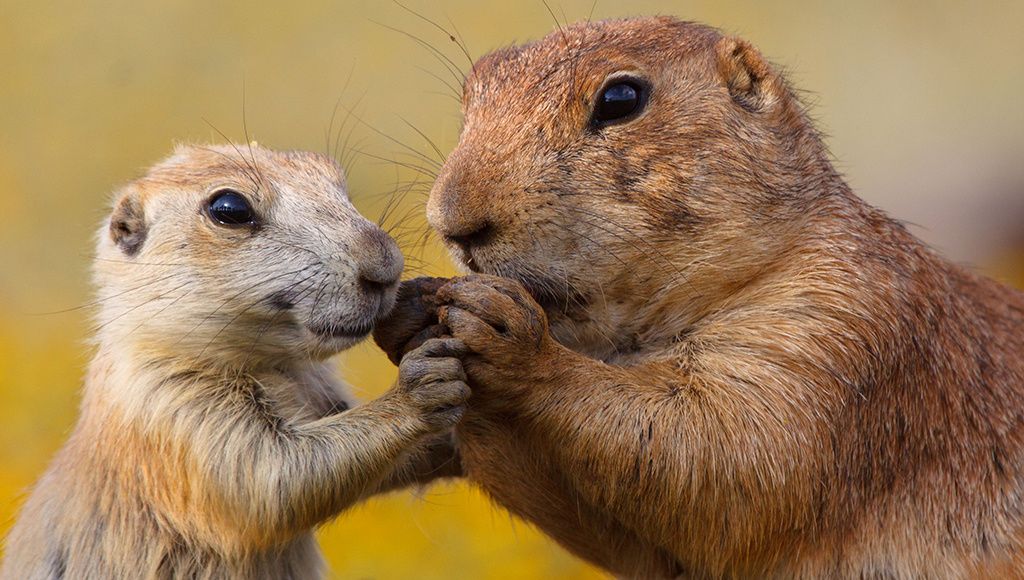
2. While not within the path of the total eclipse, Last Chance Camp in Cheyenne, Wyoming, says the sun will have 97.5 percent coverage and offers both tent and RV camping sites. You can also visit the Pawnee National Grasslands just over the border in Colorado to see raptors such as eagles and prairie falcons as well as elk, bighorn sheep, burrowing owls and prairie dogs (above). Will these rodents dive into their burrows as the sky darkens?
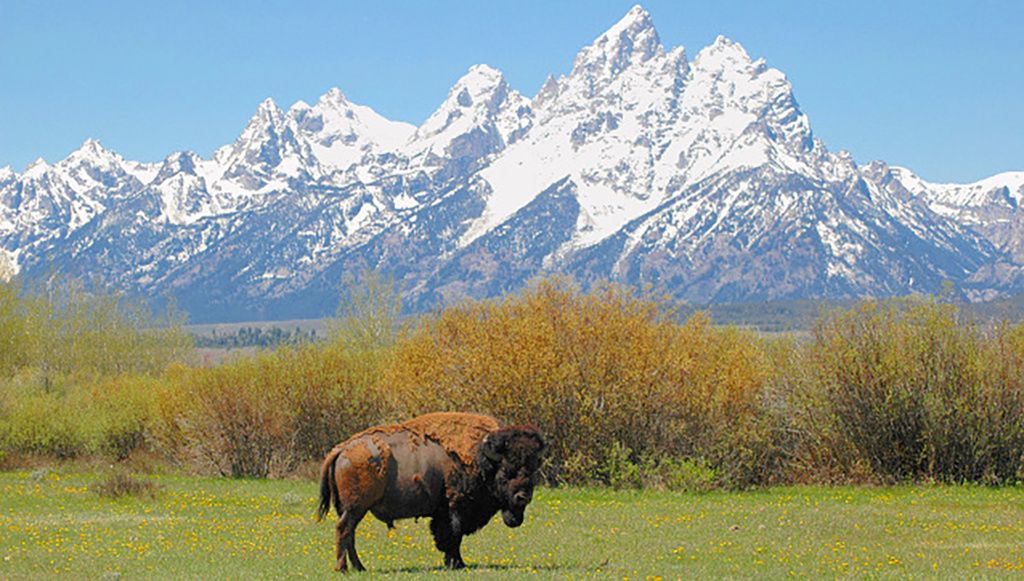
3. Foxcreek Campout in Victor, Idaho, is hosting a five-day solar eclipse festival from August 18 to 22. This is less than an hour from Grand Teton National Park, which is also offering special eclipse viewing areas and is where bison (above), elk, moose and grizzly bears roam. Cattle have been known to move toward their barns during eclipses. Will the bison lie down and begin to doze?

4. Hopkinsville, Kentucky, is close to the “point of the greatest eclipse,” where the sun and moon align most perfectly. Christian Way Farm nearby is offering sites for primitive camping as well as a place to park and view for noncampers. It is only about an hour and half to Illinois’ Shawnee National Forest, another great place to not only view the eclipse but also animals such as beavers, grey and red foxes, bobcats and bats, including the endangered Indiana bat (above). Keep an eye to the skies for bats emerging during the eclipse.
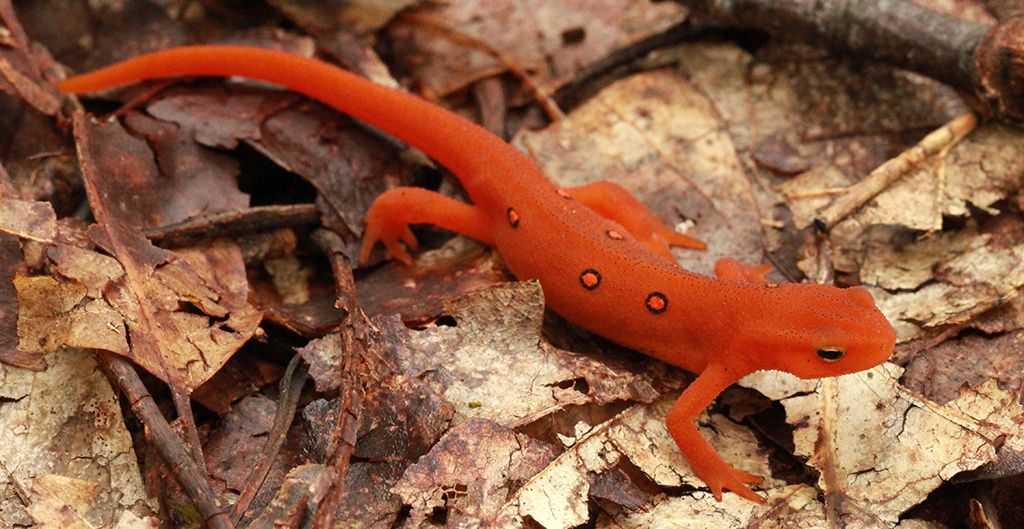
5. Tennessee’s Great Smoky Mountains National Park offers expansive views to see the eclipse and a range of camping, from backcountry camping to a place for you and your horse. Known as the salamander capital of the world, you can find at least 30 species here, including red-spotted newts (above). As toads were observed going into a feeding frenzy during an eclipse, will salamanders follow suit?
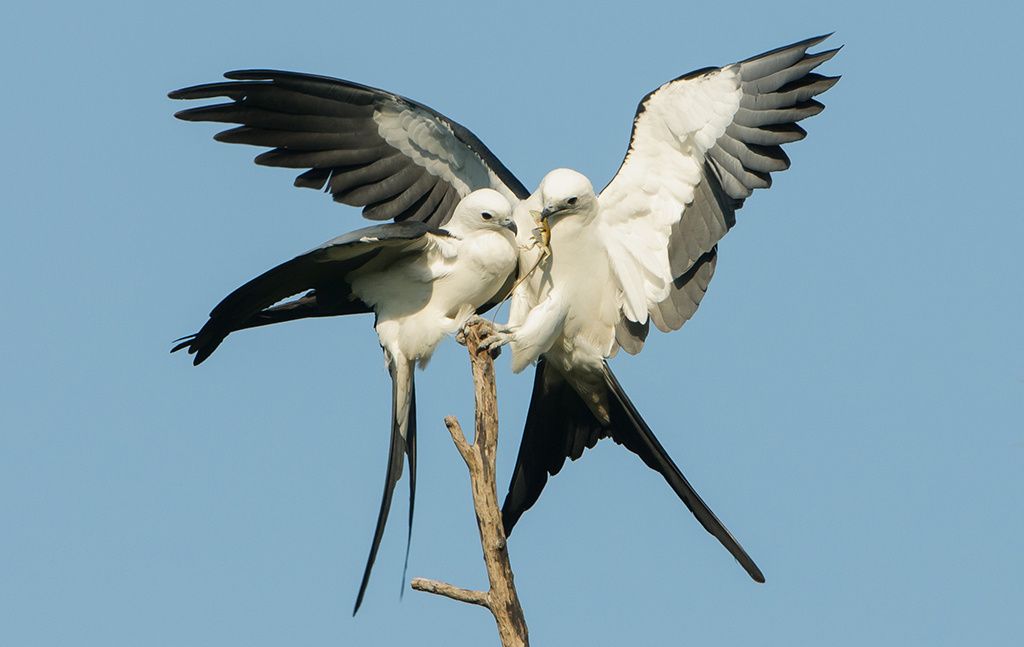
6. The pathway of the total eclipse will end at Charleston, South Carolina, with maximum coverage occurring at about 2:47 p.m. Eastern Daylight Time. Holly Oaks Farm in Saint Matthews about an hour and half away is offering primitive tent and RV camp sites. Less than 40 miles away from Charleston and still in the path of totality is the Francis Marion National Forest, which also offers camping and a plethora of wildlife, including 1,600 species of plants, 48 mammal species, 43 amphibian species, 58 species of reptiles and 250 bird species, such as swallowtail kites (above). During the eclipse, will birds fall silent only to break out into the second “dawn chorus” of the day as the sun re-emerges?
While we won’t know for sure what wildlife will do, we do know that this will be one of the greatest outdoor events of our century. Go out and enjoy it.

 233k
233k  41k
41k  Subscribe
Subscribe 